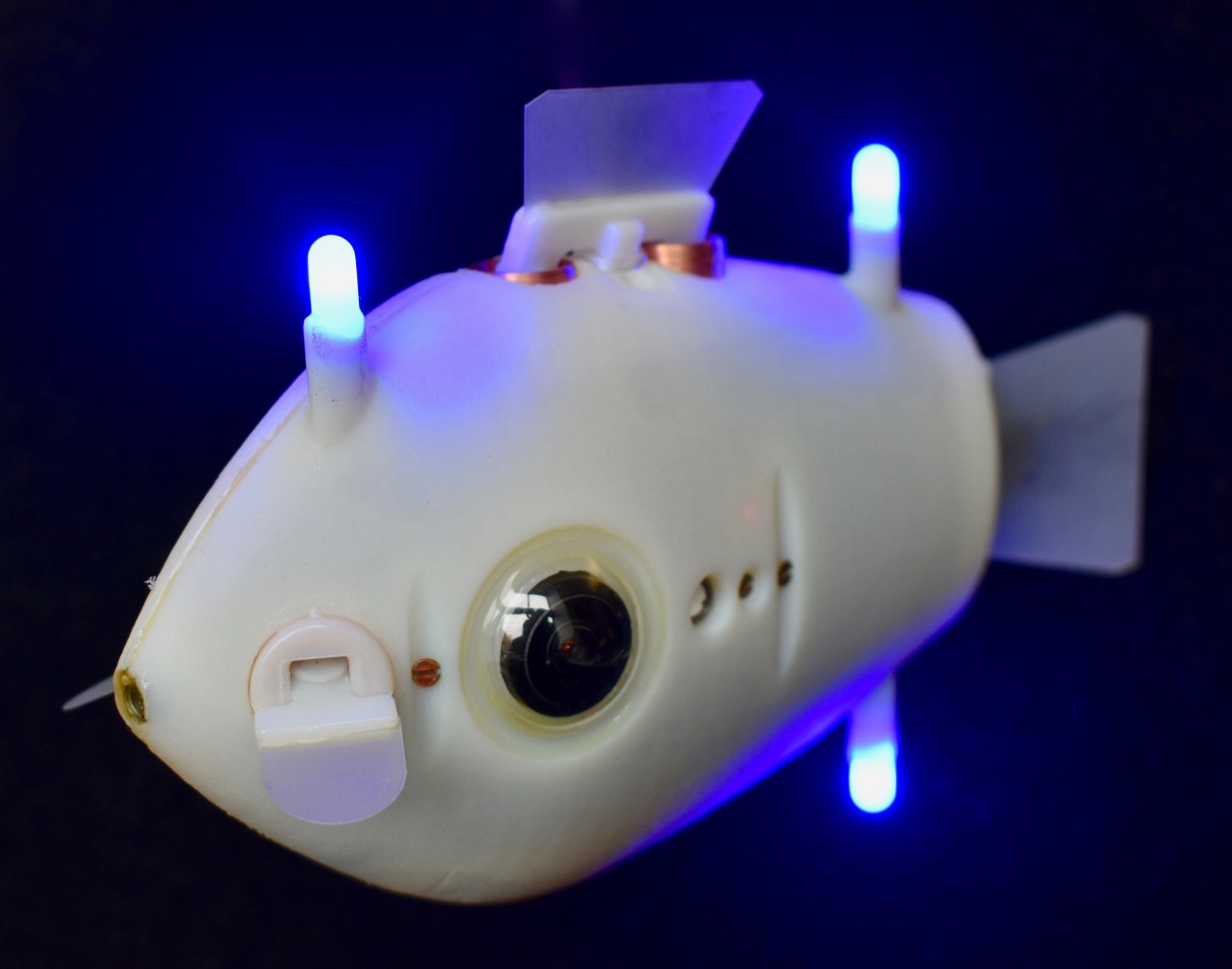Technology often finds its greatest inspiration in the intricacies of nature. From the swallows that guided early flight experiments to the strategic maneuvers of hunting lions, the animal kingdom has offered myriad templates for innovation. Now, with the advent of robotic fish, scientists are bringing the aquatic world’s dynamics underwater, blending biology and technology seamlessly. Researchers at Harvard’s Wyss Institute have taken a groundbreaking step forward with their development of fish-shaped underwater robots designed to autonomously navigate and work together. Let’s dive into how these creations are poised to revolutionize various fields.
Understanding the Blueswarm Collective
At the heart of this innovation lies the concept of collective behavior. The Blueswarm project, led by researchers such as Florian Berlinger and Radhika Nagpal, aims to replicate the complex schooling behavior of real fish through a series of small, 3D-printed robots known as Bluebots. Unlike typical underwater drones, which often resemble torpedoes designed for open waters, Bluebots are adept at navigating tight spaces, such as coral reefs or busy marine environments.
Inspired by Nature’s Designs
The design philosophy behind Bluebots is profound. These robots not only mimic the physiological shape of fish but also copy their behavioral patterns. Equipped with fins rather than propellers and utilizing cameras as ‘eyes,’ Bluebots present a less intimidating presence in the water—an essential feature for interacting with local marine life. Furthermore, the bioluminescence inspired by nature allows these robots to communicate through pulsing LEDs, facilitating a level of social interaction that reflects natural schooling behavior.
Applications and Implications
- Environmental Monitoring: One exciting aspect of the Bluebots is their potential use in ecological monitoring. By safely approaching areas like reefs, they can gather vital data without distressing marine organisms, thereby protecting fragile ecosystems.
- Search and Rescue Operations: The collaborative nature of these robots makes them excellent candidates for search and rescue missions. Their ability to form groups and independently search for objects could be a game-changer in locating missing items or even people in underwater disasters.
- Marine Maintenance: Imagine a fleet of Bluebots tasked with inspecting and cleaning ship hulls or monitoring underwater infrastructure. Their small size and cooperative capabilities make them well-suited for tasks in confined spaces where larger machines struggle to operate.
Research Opportunities and Collective Intelligence
The impact of Bluebots stretches into the realm of biological research as well. By using these robotic surrogates, scientists can gain insights into fish behavior and the underlying principles of collective intelligence. The simplicity of natural swimming patterns offers a fascinating avenue for technological exploration, as researchers aim to decode these innate behaviors and apply them to advanced robotics.
Conclusion: The Future of Robotic Marine Life
As we venture further into the 21st century, the fusion of robotics and biology appears set to yield remarkable advancements across various sectors. The innovative approach taken by the Wyss Institute with its Bluebots heralds a future where robotic systems harmoniously integrate into natural ecosystems. By observing and imitating nature, we can develop sustainable technologies that benefit both humanity and the environment.
At fxis.ai, we believe that such advancements are crucial for the future of AI, as they enable more comprehensive and effective solutions. Our team is continually exploring new methodologies to push the envelope in artificial intelligence, ensuring that our clients benefit from the latest technological innovations.
For more insights, updates, or to collaborate on AI development projects, stay connected with fxis.ai.

